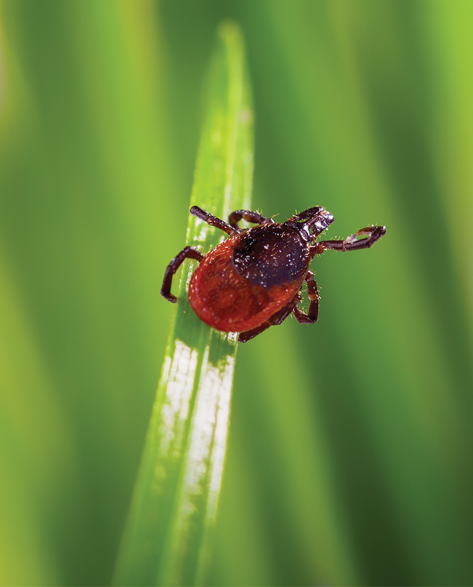Home > Horse Care > The basic facts about Lyme disease in horses
The basic facts about Lyme disease in horses
- November 6, 2025
- ⎯ Editors of EQUUS

• Definition: Lyme disease is infection with the bacterium Borrelia burgdorferi, which is transmitted to horses via two species of Ixodes spp. ticks, variously known as deer ticks, bear ticks or black-legged ticks.
• Signs: fever, muscle stiffness, joint inflammation (particularly in larger joints), mild and transient lameness, behavioral changes, hypersensitivity.
• Diagnosis: Because the signs of Lyme are vague and as many as 50 percent of horses in endemic areas may carry antibodies to the bacteria, diagnosis is difficult. Testing options are improving but are still imperfect. Most veterinarians rule out other possibilities before settling on a diagnosis of Lyme.
• Treatment: a course of antibiotics, usually tetracycline and doxycycline. Because treatment carries the risk of several side effects, including laminitis and kidney damage, it is typically reserved for horses showing clinical signs of disease.
Don’t miss out! With the free weekly EQUUS newsletter, you’ll get the latest horse health information delivered right to your in basket! If you’re not already receiving the EQUUS newsletter, click here to sign up. It’s *free*!





